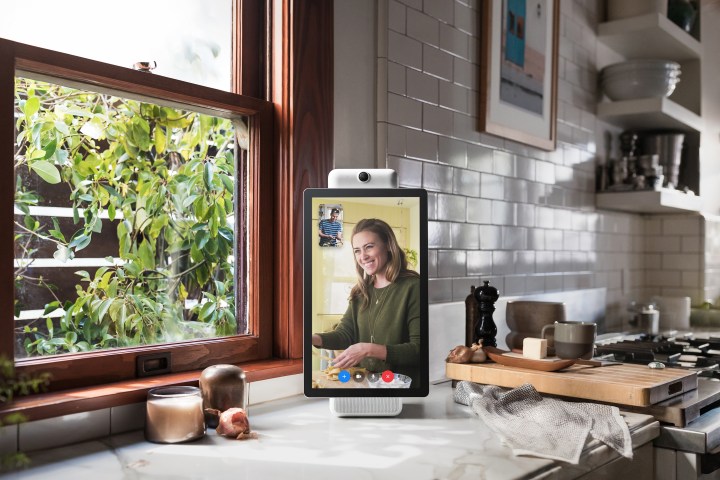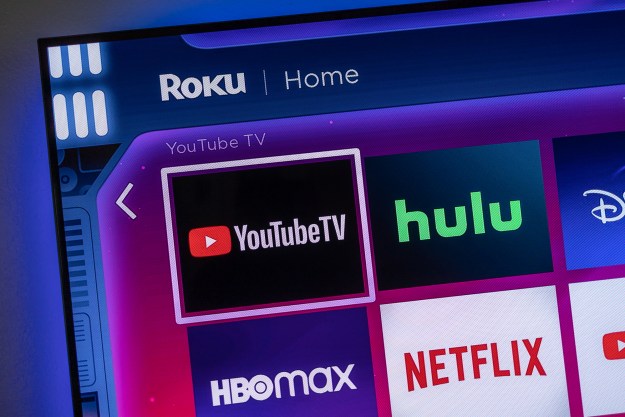
People don’t trust Facebook as much as they used to, but that doesn’t seem to be slowing the company down when it comes to its push to put as many of its ads in your face as possible. Even as reports that the company’s Portal devices collect your data to target ads to you continue to surface, the company is hard at work on a piece of hardware designed to work with your TV that would bring the same functionality — complete with a built-in camera — into your living room, Cheddar reports.
Just as Facebook’s Portal devices are designed to compete with Amazon’s Echo Show, the device, which is code-named Project Ripley, according to Cheddar’s sources, is aimed at competing with devices like Amazon’s Fire TV, the Roku, and Google’s Chromecast. The difference with this device is that it would reportedly add video-calling functionality to your TV. Think Back to the Future Part II, only with even more advertising.
Unlike traditional streaming media devices, Project Ripley would promote trending social media content as well as Facebook’s own Facebook Watch and IGTV services. Considering Facebook’s traditionally aggressive advertising, it’s easy to imagine that this device would bring ads to your home as well.
Perhaps this is how some people actually want their TV viewing experience to be, but given the recent controversy around Portal devices, it’s likely that privacy would be an issue for many potential customers. For most people, the living room is a place to relax at the end of the day. It might be a social space as well, but this is more in the traditional “invite people into your home” sense, not the internet-style “everything you do is public” sense. Especially in the aftermath of the Cambridge Analytica scandal, people could be understandably suspicious about such a device.
It doesn’t even have to be Facebook that you’re worried about. Smart TVs have proved in the past to be hackable, with intruders being able to gain access to the mic in some TVs, and even the little-used cameras that companies like Samsung have used before. With this device, users could essentially be putting another window into their living room and hoping that nobody finds a way to open it when they’re not looking.
Facebook has not commented on this, so for now, this remains a rumor. Given the company’s recent projects, it certainly seems possible that the company could be working on a device like Project Ripley, but whether it will ever become an actual product the company hopes to sell remains to be seen. In the meantime, if you’re looking for a streaming media player that just plays back your content, take a look at our list of the best streaming boxes you can buy.
Updated on October 17: Added information on past smart TV hacks and how this device could potentially be vulnerable to the same types of attacks.
Editors' Recommendations
- What is DirecTV Stream: plans, pricing, channels, and more
- How many devices can you watch Sling TV on at once?
- YouTube TV: plans, pricing, channels, how to cancel, and more
- YouTube TV still leads after latest round of streaming numbers
- YouTube TV is still growing on the back of NFL Sunday Ticket


